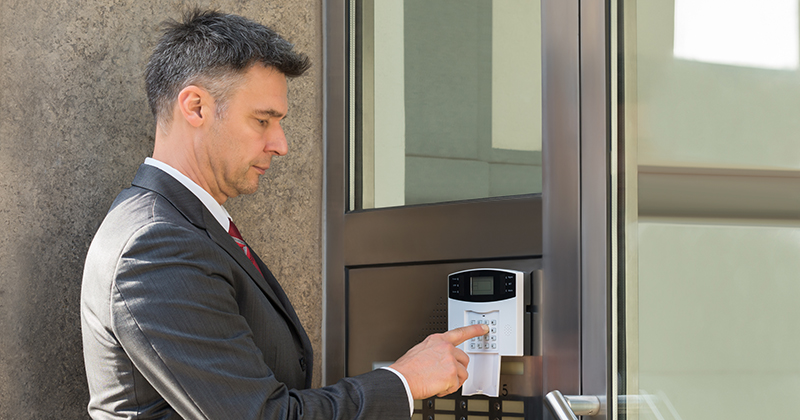
All jewelers today accept the fact they need line security to maintain the integrity of their burglar alarm communication path between their protected property and their alarm service company’s monitoring facility.
Four different line security communication options are available from Underwriters Laboratories (UL) ranging in initial cost of equipment and maintenance.
Single Path Line Security
Allows for system check-in once every 200 seconds.
Positives:
- Can minimize alarm communication costs
Negatives:
- More susceptible to network interruptions
- Network interruptions can result in more false alarm fees
Dual Path Line Security
Allows for system check-in on the primary path once every 360 seconds; check-in on the secondary path is only once every 24 hours.
Positives:
- In the event of a communication failure (when system is unarmed) on the primary path the signal is sent on the secondary path
- May decrease the incidence of a false alarm
- Bandwidth sensitive communication costs are less
Negatives:
- Initial installation costs for two communication paths
- In absence of primary path, system would communicate via secondary path in a non-line security mode until the primary path is restored
Alternate Primary Path Line Security
Allows for system check-in every 200 seconds on both paths.
Positives:
- Provides two paths of secure communication
- Greatly reduces the incidence of a false alarm
- Continues secured line communication even if the alternate path is interrupted
Negatives:
- Initial equipment costs
- Check-in related costs
Alternate Primary with Dual Signal Path
Allows for system check-in on both paths every 360 seconds; check-in on the third path is only once every 24 hours.
Positives:
- Highest level of resiliency described in UL Standards
- Addition of third path reduces check-in frequency on both paths from 200 seconds to 360 seconds
Negatives:
- Equipment cost
- Telecommunication costs for three paths
Want to learn more?
Read more about the difference between line supervision and line security.